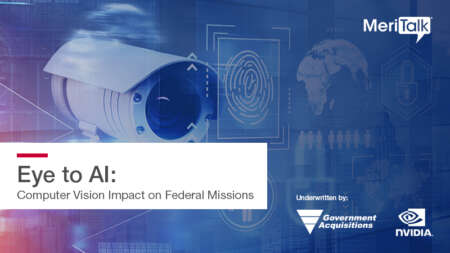The head of the White House’s Office of Science and Technology Policy (OSTP) said Thursday that the Biden administration’s artificial intelligence (AI) executive order (EO) will be unveiled this fall.
The AI EO is slated to cover a “very broad” range of issues related to AI, but OSTP Director Arati Prabhakar said the two main drivers behind the document are harnessing the benefits of the emerging technology while also managing the risks.
“This president is clear that this is one of the most powerful technological forces of our time,” Prabhakar said during an ITI webinar on Sept. 28. “The one thing that we are all very clear on is none of us wants to live in a future that’s shaped by technologies that have been driven by authoritarian regimes and that’s why we are at a moment where … the world requires American leadership in AI, and that is what is behind everything that you will see.”

“How do we get [AI] on a track so that we can reap the phenomenal benefits, but in a way that manages and mitigates the risks,” the OSTP head said. “The president was very clear that we had to move with focus and urgency, and we are doing that. That started with this May convening for AI CEOs at the White House.”
“That meeting then led to the voluntary commitments that you’ve seen from now a total of 15 companies … It’s terrific to see the industry standing up together and agreeing on some basics about safety and security and trust,” Prabhakar said. “The next step is the executive branch stepping up and doing what we need to do and that’s what the executive order is all about. It’ll be broad. It really reflects everything that the president really sees as possible under existing law to get better at managing risks and using the technology.”
“The last two pieces … is working on an international global basis because AI doesn’t stop at the borders, and then continuing to work on a bipartisan basis with Congress because I think everyone’s quite clear that there will be places where new legislation is required,” she concluded.
Prabhakar explained that AI has an “uncountable number” of ways it can be leveraged throughout the world, and it’s the job of the United States to “wrestle all of that.”
“The way we’ve approached this as an administration is to say the applications are broad, that means the implications and the risks are also broad,” Prabhakar said. “And that means we have to keep in focus the full breadth – ranging from issues of fraud and the continued deterioration of our information environment, including and then going on to safety and security issues, including cybersecurity, biosecurity issues. Going on as well to issues of privacy, civil rights, civil liberties, bias, discrimination, all of those issues, and then the whole other category of the impact on jobs and the economy.”
The Biden administration first announced it was developing an AI EO in July. According to Federal Chief Information Security Officer Chris DeRusha, the Office of Management and Budget is also slated to release guidance for agencies on the responsible use of AI soon.

